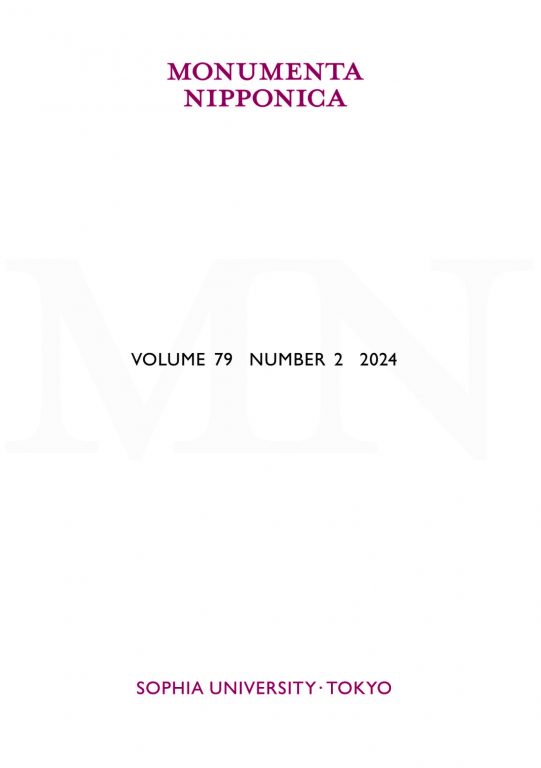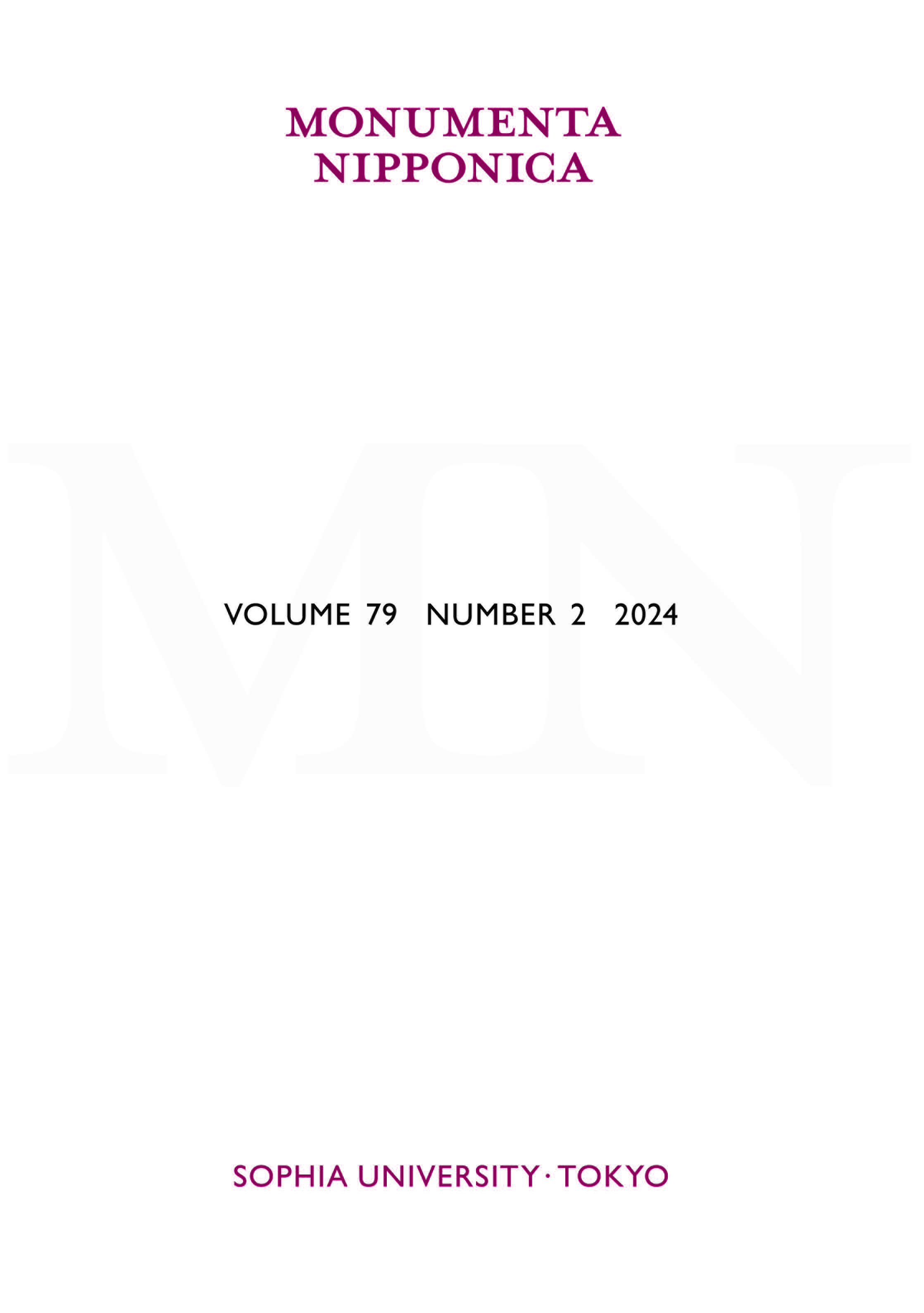The Japanese Buddhist World Map: Religious Vision and the Cartographic Imagination by D. Max MoermanRadu Leca
MN 79:2 (2024) pp. 264–67
This study, long in the making, is a wide-ranging examination of the cultural trajectory of the visualization of Jambudvīpa, the continent inhabited by humans situated to the south of the central mountain of Sumeru in the Buddhist worldview. However, that is merely the starting point: the Buddhist world map turns out to be a litmus test for the shifts and turns in the “Japanese understanding of their relationship to the Buddhist past” (p. 10) from the fourteenth to the nineteenth centuries. The topic is as complex as it sounds, and scholarly attempts at grasping it have been reminiscent of the parable of the blind men and the elephant. Moerman blends approaches from cultural history, the history of cartography, and the histories of art and of religion to attend to each of the avatars of the Buddhist world map. This results not only in the first comprehensive study of the topic in any language but also in a source of insights into each of those fields. For example, Moerman’s investigation proceeds from a concept of the map that is specific to East Asia, borrowing from Francesca Bray’s discussion of the Chinese character tu (Jp. zu) as denoting a heuristic visualization of meaningful space (pp. 5, 21). While attending to the materiality and performativity of such maps, the study is concerned less with a culture of images than with a culture of seeing. Instead of an apologetic stance toward a “stubbornly ahistorical Buddhist cartography,” Moerman leans into the peculiarities of this epistemological frame to argue for “an alternative history of the religious and intellectual culture of the age”

